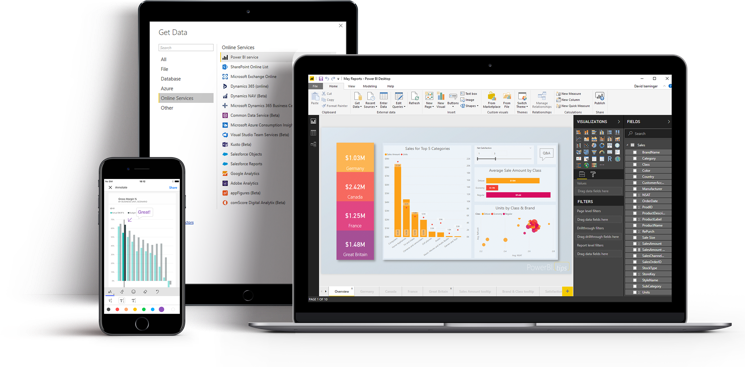
3rd floor Block C – C7, Saachi Plaza along Argwings Kodhek, Kenya, Kilimani
Quick Links
© Copyright 2022 Pathways International
Developed by Pathways International

The demand for data analyst skills has increased significantly in the last 5 years. Pathways Data Analytics program can help accelerate your career in data in as little as 12 weeks. Pathways Data Analytics program is beginner-friendly with no prerequisites to begin our course. Pathways Data Analytics program was built by veterans in the industry, who know exactly what is needed to help individuals succeed in a career in data.
Pathways Data Analytics program will teach you to harness Excel, SQL, & Power BI to drive powerful analysis and insights. Pathways curriculum gives you everything you need in 12 weeks to present an employer with an impressive portfolio.
Our program will help build your confidence and credibility by applying this versatile skill set to jobs spanning several industries. This course is beginner level and will ultimately prepare you for junior data analyst roles.


Our students gain a thorough understanding of critical data analytics and data science technologies. The course covers SQL, Power BI and Python and gives graduates the skills needed to market themselves as data analytics professionals.
To register or for more information email us by clicking the button below.
Become an effective inspector, critically scrutinizing datasets for veracity and quality before deciding to use them. You’ll understand how to identify reliable data sources, data storytelling, algorithmic bias, and data ethics.
Jump into the fundamental statistical and mathematical techniques required for data analytics. Understand descriptive statistics, dependent and independent variables, types of missing data, linear regression, and model validation.
Develop your SQL skills. You’ll complete this unit with an understanding of the benefits of using specialized tools such as SQL for specific stages of the data analytics workflow, over multi-purpose tools such as Excel.
Explore and analyze datasets using Excel. Learn to write formulas to perform more complex analyses, build visualizations using lookups to efficiently search datasets and pivot tables.
Analyze and visualize data using the dashboarding and business intelligence tools such as Power BI. Effective visualization and communication with storytelling will be the heart and soul of this unit.
Now is the point to enhance your growing skills in data acquisition, analysis, and visualization using Python programming fundamentals, data acquisition with APIs, exploratory data analysis, and simple linear regression.
Learn the skills you need to work in an organization, as part of a team of data professionals and nontechnical colleagues. The importance of adhering to regulations, data privacy, and security, will also be emphasized.
To round out your education, you will apply rigorous data analysis techniques to solve a problem in two projects: a group project and an individual project. Both will require you to collect, clean, and analyze a data set and create a compelling presentation to share your or your team’s insights.
In this unit, we educate our students on how to take what they have learned from the immersive and pivot themselves into a new career. We do this by encouraging them to get involved locally with meetups and other social groups pertaining to data analytics. We teach you how to format your resume so that you can present your abilities and skillset to your employer in a professional manner. We provide coaching on how to handle the interview process.

© Copyright 2022 Pathways International